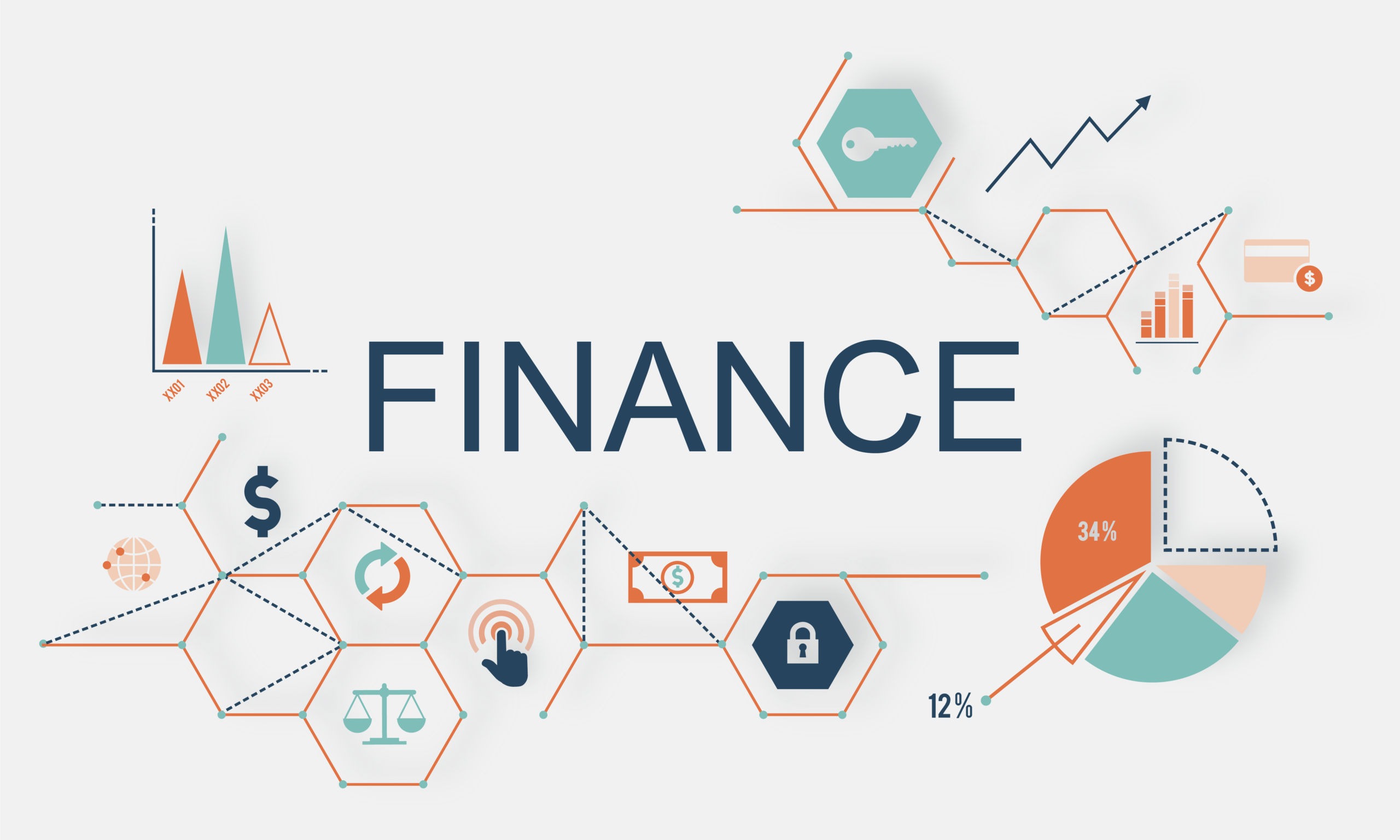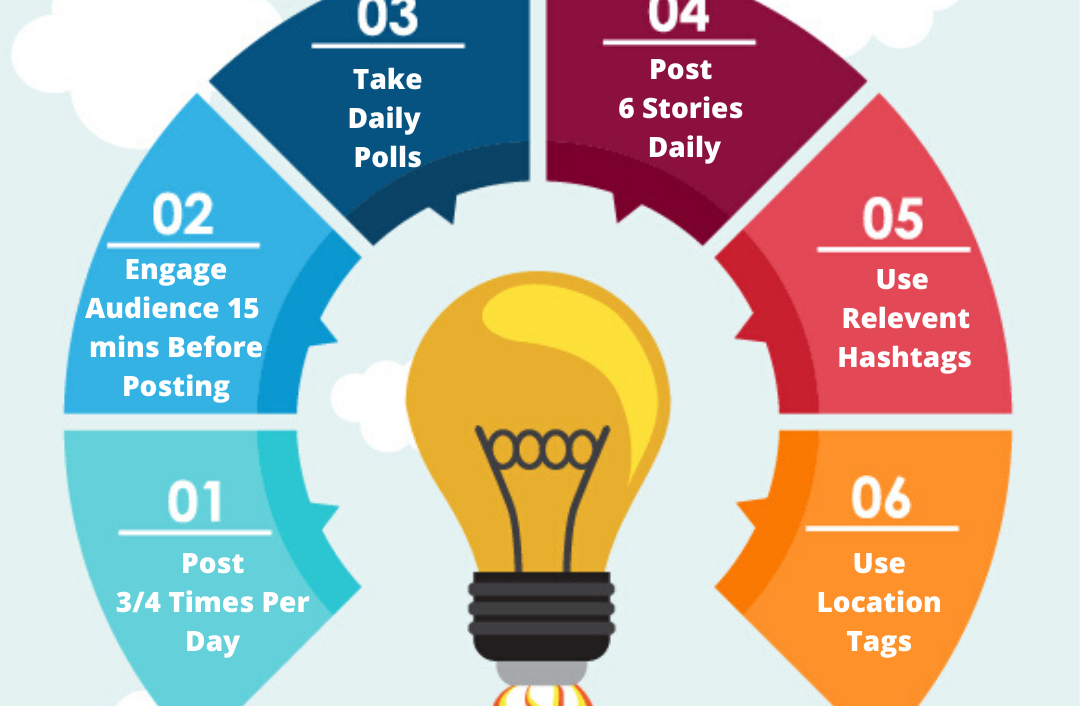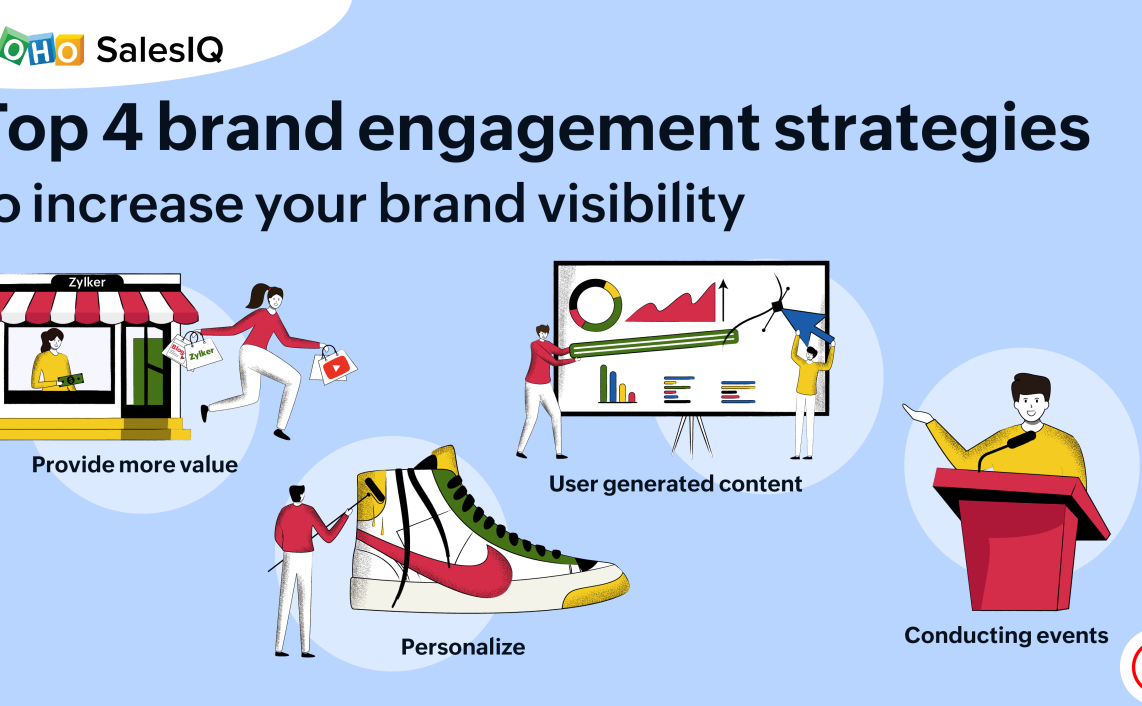Financial Sector Marketing: Approaches to Insurance and Lending

Marketing strategies in the financial sector play a pivotal role in attracting and retaining customers, promoting products and services, and building brand loyalty. The insurance and lending industries, in particular, require nuanced marketing approaches to effectively reach their target audiences and drive desired outcomes.

Understanding Insurance Marketing

Insurance marketing focuses on persuading individuals and businesses to purchase insurance policies to mitigate risks and protect against unforeseen events. Key strategies include:
- Emphasizing Risk Awareness: Marketing campaigns highlight the potential risks and consequences of not having insurance, using real-life examples and case studies.
- Personalized Communication: Insurance companies gather customer data to understand their specific needs and risk profiles. Targeted marketing messages and tailored product recommendations increase relevance and conversion rates.
- Building Trust: Insurance marketing relies heavily on building trust. Marketing materials emphasize the company’s reliability, financial stability, and commitment to customer satisfaction.
- Leveraging Technology: Insurance providers use digital channels, social media, and online marketplaces to reach a wider audience. Online comparison tools and automated underwriting processes enhance customer experience and efficiency.
Lending Marketing Strategies
Lending marketing aims to promote loan products and services to consumers and businesses. Effective approaches include:
- Targeting Specific Demographics: Lenders identify and target specific groups based on factors such as creditworthiness, income, and industry. Marketing campaigns are tailored to resonate with their unique needs.
- Highlighting Benefits and Features: Marketing materials emphasize the benefits and features of loan products, such as competitive interest rates, flexible repayment options, and customized solutions.
- Simplifying the Application Process: Lenders streamline application processes by leveraging online platforms and mobile applications. Simplifying the process reduces barriers to entry and enhances customer convenience.
- Building Relationships: Lending marketing involves nurturing long-term relationships with customers. Regular communication, personalized offers, and exceptional customer service foster loyalty and repeat business.
Integrated Marketing Approaches
Financial institutions often employ integrated marketing approaches that combine both insurance and lending marketing strategies. This can offer several benefits:
- Cross-Selling Opportunities: Cross-promoting insurance and lending products to existing customers can increase revenue streams.
- Enhanced Customer Experience: Integrated marketing provides a seamless customer experience, aligning branding, messaging, and service across all touchpoints.
- Brand Recognition: Consistent marketing efforts across different products and services enhance brand recognition and credibility in the financial sector.
By understanding the specific marketing approaches for insurance and lending, financial institutions can effectively engage with their target audiences, drive profitable growth, and build lasting customer relationships.Financial Sector Marketing: Approaches to Insurance and Lending
Executive Summary
The financial sector is undergoing a transformative shift, driven by digitalization and changing consumer behavior. Insurance and lending companies are facing increased competition, regulatory scrutiny, and the need to adapt to new technologies. Effective marketing strategies are essential for these companies to succeed in this challenging landscape. This article provides a comprehensive overview of best practices in financial sector marketing, focusing on the unique approaches required for insurance and lending products.
Introduction
Marketing in the financial sector presents unique challenges due to the complex nature of financial products and services. Insurance and lending are particularly complex, requiring marketers to develop tailored strategies that address the specific needs and pain points of their target audiences. This article explores the key principles and best practices for effective marketing in these areas.
Insurance Marketing
- Target audience identification: Defining the specific segments within the target market for specific insurance products, such as homeowners, renters, or businesses.
- Product differentiation: Establishing unique selling points (USPs) for insurance policies based on coverage, premiums, and customer service.
- Distribution channels: Exploring various distribution channels such as brokers, agents, and online platforms to reach potential customers.
- Content marketing: Creating valuable and engaging content that educates consumers about insurance and addresses common concerns.
- Brand building: Developing a strong brand identity and reputation through consistent messaging and a positive customer experience.
Lending Marketing
- Loan product differentiation: Highlighting the unique features of different loan products, such as low interest rates, flexible repayment options, or tailored solutions for specific purposes.
- Targeting high-potential borrowers: Identifying and qualifying potential borrowers who meet specific lending criteria and have a high probability of qualifying for a loan.
- Loan origination process optimization: Simplifying and streamlining the loan application and approval process to enhance the customer experience.
- Cross-selling and upselling: Leveraging relationships with existing customers to offer additional financial products and services, such as savings accounts or credit cards.
- Digital marketing: Utilizing online channels and platforms to reach potential borrowers, provide information, and facilitate loan applications.
Conclusion
Effective marketing in the financial sector requires a deep understanding of the target audience, product differentiation, and the unique challenges and opportunities presented by insurance and lending products. By embracing digitalization, leveraging data and technology, and focusing on personalized experiences, financial institutions can build stronger relationships with customers, drive growth, and achieve long-term success.
Keyword Tags
- Financial sector marketing
- Insurance marketing
- Lending marketing
- Target audience
- Content marketing
FAQs
What are the biggest challenges in financial sector marketing?
- Complex products, regulatory compliance, high competition
How can insurance companies differentiate their products?
- Focus on unique coverage, customer service, or bundled offerings
What is the importance of content marketing in lending?
- Educates consumers, builds trust, and facilitates lead generation
How can financial institutions cross-sell and upsell effectively?
- Identify customer needs, offer tailored products, and provide personalized recommendations
How is technology impacting financial sector marketing?
- Digitalization, automation, personalized experiences, and data-driven decision-making







